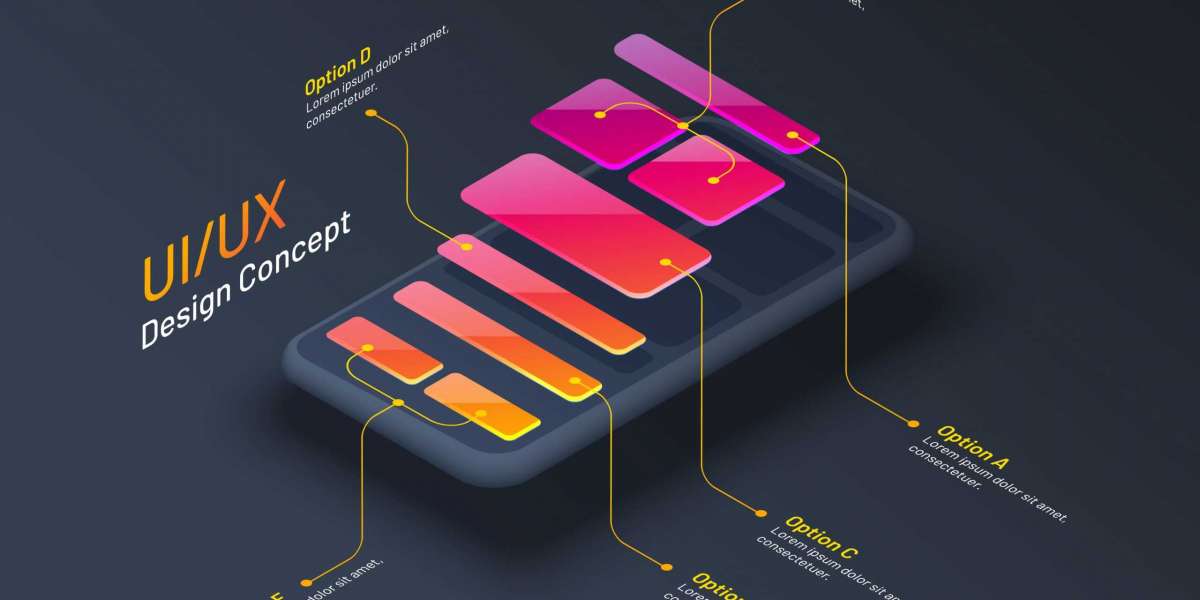In today's digital-first world, user experience (UX) and user interface (UI) design aren't just nice-to-haves—they are fundamental to a successful digital product. Whether it's a website, mobile app, or software platform, the way your users interact with it can make or break their experience. This article will dive deep into the complete UI/UX design process, from initial wireframes to the polished product, and explain how services like rapid prototyping and professional UI/UX design services can enhance your project's success.
What is UI/UX Design?
Before we jump into the process, it's essential to distinguish between UI and UX.
- UI (User Interface) design focuses on the visual elements—buttons, colors, typography, and overall layout—that make an interface aesthetically pleasing and intuitive.
- UX (User Experience) design goes deeper, aiming to optimize the entire journey a user takes when interacting with a product or service, ensuring it's as smooth and satisfying as possible.
Together, UI and UX create an end-to-end experience that can enhance user satisfaction and loyalty.
Understanding the UI/UX Design Process
The UI/UX design process is a structured approach that starts with understanding users and ends with delivering a delightful digital experience. At its core is design thinking, which prioritizes solving user problems creatively. The process typically includes the following stages: Research, Ideation, Wireframing, Prototyping, UI Design, Testing, Development Handoff, and Launch.
Stage 1: Research and Discovery
The first step in any design project is understanding the users. This involves gathering data through methods like user interviews, surveys, and competitive analysis. During this phase, designers seek to understand user pain points, preferences, and behaviors.
Key Activities:
- Conducting user interviews and focus groups
- Analyzing competitors' products
- Defining user personas and scenarios
Stage 2: Ideation and Information Architecture
Once the research is done, it's time to brainstorm solutions. Ideation involves generating various ideas that could solve user problems. Information architecture (IA) is the backbone of any digital experience—it defines how content is organized and presented to users.
Key Techniques:
- Card sorting to understand how users categorize information
- Creating user journey maps to visualize user interactions with the product
Stage 3: Wireframing
A wireframe is essentially the blueprint of your design. Wireframes are low-fidelity sketches that map out the layout of each screen, showing where content and functionality will be placed.
Low-Fidelity Wireframes:
Low-fidelity wireframes are quick and basic sketches that help designers focus on the structure of a layout without getting bogged down in design details.
Popular Tools:
- Sketch
- Figma
- Adobe XD
Stage 4: Prototyping
Prototyping takes the static wireframes and transforms them into interactive models. This is where rapid prototyping services come in. With rapid prototyping, designers can quickly test functionality and user flows before investing in development.
High-Fidelity Prototypes:
Unlike wireframes, these prototypes closely resemble the final product in terms of design and functionality. This allows teams to conduct usability testing and gather feedback from real users.
Stage 5: UI Design
Once the prototype is validated, it's time to move on to UI design, where the visuals come to life. Designers craft engaging, user-friendly interfaces that are not only attractive but also functional and accessible.
Best Practices:
- Maintain visual consistency across all pages
- Align with brand guidelines
- Use clear call-to-actions (CTAs) and avoid clutter
Stage 6: Usability Testing and Iteration
Now that you have a prototype, it's crucial to test it with actual users. Usability testing helps identify any pain points or areas of confusion before moving forward with development. Based on the feedback, designers make iterations to improve the product.
Testing Methods:
- Remote usability testing
- In-person user observation
Stage 7: Development Handoff
Collaboration between design and development is key to a successful launch. During the handoff, designers provide developers with all the necessary specifications, including design files, style guides, and assets.
Popular Handoff Tools:
- Zeplin
- InVision
- Figma
Stage 8: Launch and Post-Launch Evaluation
After the development phase, the product is launched. But the work doesn’t stop there. It's essential to continue monitoring how users interact with the product, gathering feedback for future improvements.
The Role of Rapid Prototyping in UI/UX Design
Rapid prototyping services offer a way to quickly test designs without the need for fully developed code. This accelerates the design process and allows teams to gather real user feedback early on.
Benefits:
- Reduces time to market
- Minimizes the risk of costly post-launch changes
- Enhances communication between teams
UI/UX Design Services: Why You Need Them
Professional UI/UX design services provide expertise and resources that can transform your business. Whether you're starting from scratch or improving an existing product, experienced designers can help create a seamless user experience that meets both your users' needs and your business goals.
UI/UX Design Best Practices
- Accessibility: Ensure your design is usable by people with disabilities.
- Mobile-first design: Prioritize mobile devices in your design process, especially with the rise of mobile internet usage.
- User-centric approach: Always keep your target users in mind and design with empathy.
Conclusion
From wireframes to polished, interactive prototypes, the UI/UX design process is comprehensive but essential for creating successful digital products. With the right research, testing, and collaboration, businesses can deliver delightful user experiences that lead to better engagement and loyalty.
FAQs
1. What is the difference between UI and UX design?
UI focuses on the look and feel of a product, while UX emphasizes the overall user experience and ease of use.
2. How long does the UI/UX design process take?
It depends on the complexity of the project, but it typically ranges from several weeks to a few months.
3. Why is usability testing so important?
Usability testing identifies issues early, saving time and money in the long run by improving the design before launch.
4. Can rapid prototyping services help speed up my project?
Yes, rapid prototyping allows for faster testing of ideas, reducing time to market by catching design flaws early.
5. How do I choose the right UI/UX design services for my business?
Look for experienced agencies or freelancers with a strong portfolio and client reviews, and ensure they understand your business needs.







